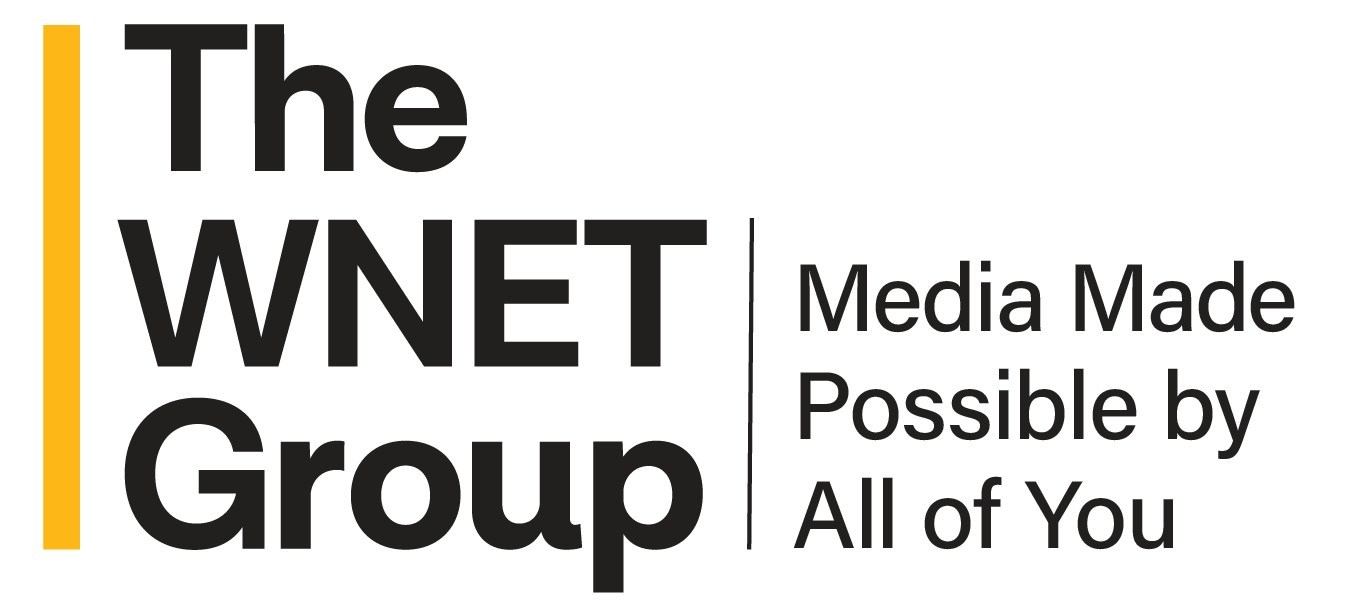Coupon Program Facing January Shortfall
The National Telecommunications and Information Administration could run out of money for coupons for DTV converter boxes in late January, according to information furnished to Congress last week.
“NTIA believes the program currently can honor requests for a total of up to 51.5 million coupons, and possibly an additional 2.5 million if the current administrative contract is extended,” NTIA Acting Administrator Meredith Attwell Baker wrote in response to questions from Rep. Ed Markey, D-Mass., chairman of the House Subcommittee on Telecommunications and the Internet. “If the high demand continues at the current weekly rate of over 1.5 million per week, NTIA could exceed requests for 51.5 million coupons in late January. Precisely how many requests could be unfulfilled depends on the level of demand and redemption rates.”
That’s a shift from previous NTIA statements that the program had enough money appropriated to satisfy the demand.
According to one scenario pitched by the agency, it could require an additional $330 million (of which $20 million would go to administrative expenses) to satisfy the requests for some 60 million $40 coupons by March 31—8.5 million more coupons than the 51.5 million previously budgeted. That assumes a rising demand for the coupons, caused in part by government and industry efforts to raise awareness of the end of full-power analog television on Feb. 18.
To make matters worse, even if NTIA gets all the coupons out, retailers could be short of boxes—2.5 million boxes short, based on a 60 percent redemption rate of the 51.5 million coupons, or about 30 million purchases.
NTIA said 17 million coupons had been redeemed as of Dec. 17, with just 11 million boxes anticipated for sale to consumers between now and June 2009.
Also, the FCC warned that its call center may be inadequate for the flood of calls from viewers that could come around the transition date, and call centers organized by broadcasters and the National Cable and Telecommunications Association will be a major part of the effort.
The FCC plans for 2,300 “agents” to staff call centers in the key days in February, but the FCC said even that army won’t be enough, judging by data from the early analog shutoff in Wilmington, N.C., back in September. From those numbers, the FCC anticipates 2.15 million calls in the week from Feb. 15 to Feb. 21, with nearly 1.5 million just on Feb. 18-19.
With each agent-answered call lasting about 3.5 minutes (based on the Wilmington experience), the FCC says it could handle 350,000 calls per day. To meet the expected demand those peak days of 125,000 per hour, it would need 7,000 agents, FCC Chairman Kevin Martin said in its response to questions from Markey.
Even if the FCC spent the entirety of the money appropriated for the DTV end-game—$20 million—on the call center, it wouldn’t be enough, Martin said. (The commission is spending $7 million of that money on the call center) That’s why he’s supportive of the NCTA initiative to have 4,000 to 5,000 operators available on the key days.
“Although it is difficult to predict call volumes during the transition, we anticipate that our call center efforts, when added to the call handling commitments of industry, other governments, and grassroots organizations, will be adequate to answer consumer questions,” Martin wrote.
Congress could come up with more money, if Markey gets his way.
“I will carefully review these responses but it is becoming increasingly clear that at minimum Congress may need to quickly pass additional funding for the converter box program in early January to prevent any delay in coupon availability or issuance,” Markey said in a statement.
Get the TV Tech Newsletter
The professional video industry's #1 source for news, trends and product and tech information. Sign up below.
